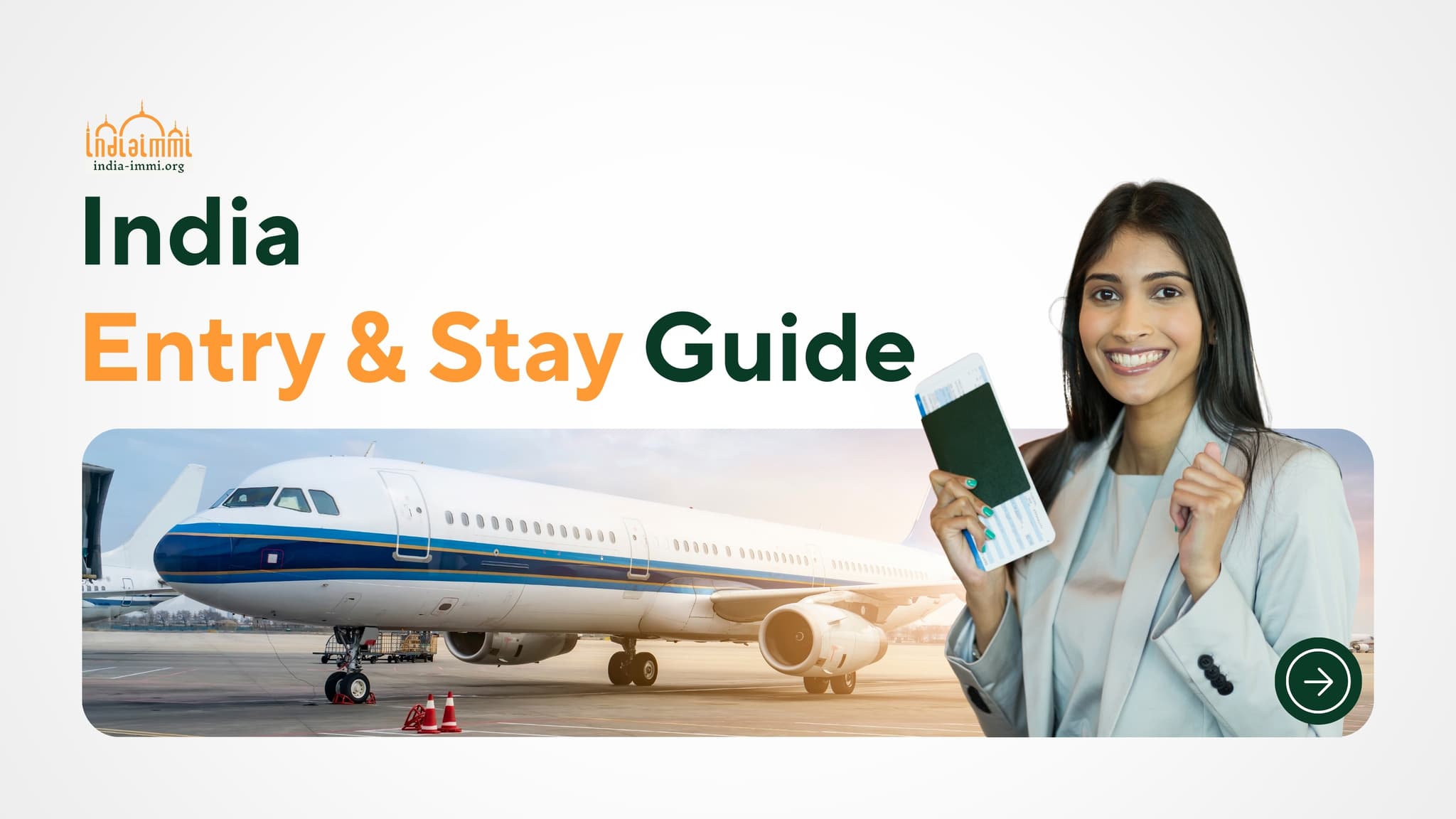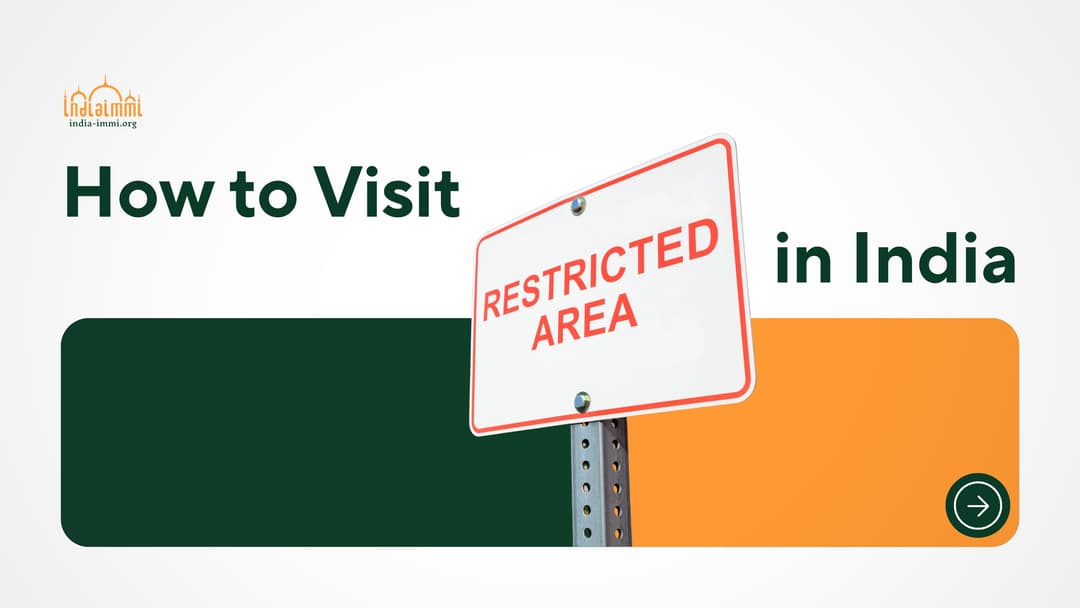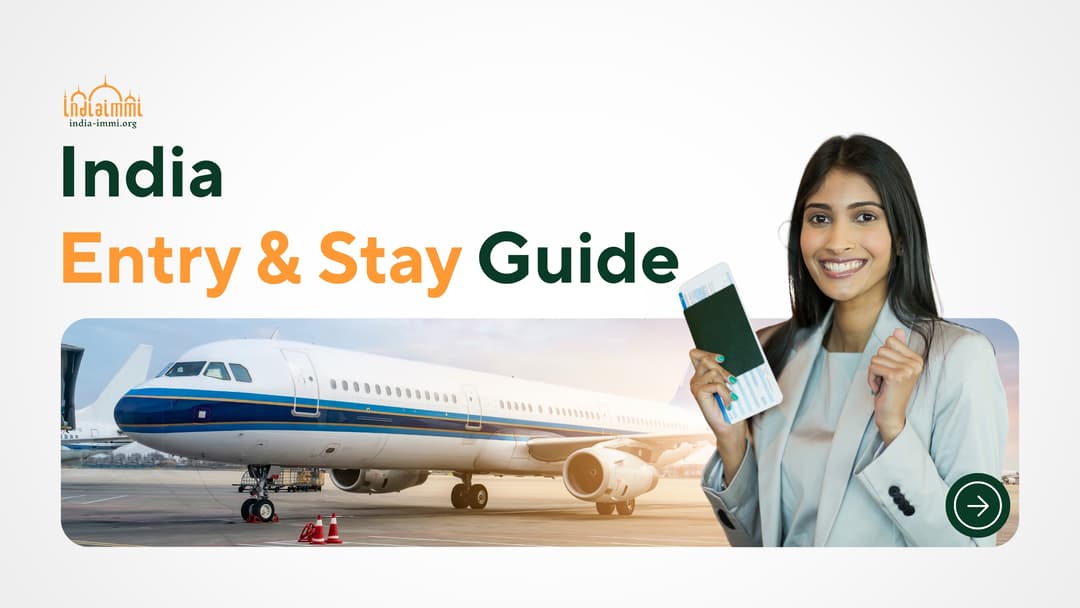1. Before You Fly
To ensure a smooth journey, prepare the following documents in advance:
-
Valid Passport: Must be valid for at least six months from the date of entry.
-
Visa: Ensure you apply for the correct visa type (tourism, business, medical, etc.). The Indian e-Visa is the most convenient option, as it allows you to:
-
Submit applications online without visiting an embassy.
-
Receive approval results within 3–5 working days for regular applications and within 24 hours for urgent cases.
-
Enter India via 28 designated airports and official seaports.
-
Special Travel Documents: If you use alternatives such as a Certificate of Identity, you must still hold a valid visa. Note that e-Visas do not apply to these cases.
Image: Illustration of India ETA. The Electronic Travel Authorization must be presented upon first entry. Once stamped, the ETA becomes an eVisa.
Check your eligibility for an India eVisa based on nationality.
At the Airport (Arrival and Departure)
-
Mandatory Immigration Check: All travelers must go through immigration upon entry and exit.
-
Final Authority of Customs: Even with a valid visa, admission is subject to the discretion of immigration officers.
-
Entry/Exit Stamps: Always check your passport to confirm that both entry and exit stamps have been placed.
-
If missing, immediately contact the FRRO (Foreigners Regional Registration Office) or the ICP (Immigration Check Post) to avoid complications when leaving India.
Image: A traveler presenting a passport to an immigration officer at an Indian airport. Source: Internet.
3. During Your Stay in India
-
Length of Stay: Tourist visa holders may remain in India for no more than 180 days per calendar year.
-
Stay Within Visa Purpose: Activities must align strictly with your visa type. For example, a tourist visa does not permit employment.
-
Restricted Areas: Entry into Restricted, Protected, or Cantonment Areas requires special permits.
-
Prohibited Activities: Foreign nationals, including OCI cardholders, are strictly prohibited from engaging in religious activities such as:
-
Preaching or delivering sermons.
-
Distributing religious materials in any form.
-
Participating in conversion-related activities.
4. Health and Safety Requirements
-
Yellow Fever Vaccination: If you arrive from or transit through a yellow fever–affected country within the last six days, you must present a valid vaccination certificate.
-
Medical Screening: Travelers from areas declared as Public Health Emergencies of International Concern (PHEIC) by the WHO may be subject to medical checks or quarantine, as directed by the Indian Ministry of Health.
Image: Yellow Fever Vaccination Certificate, also known as the International Certificate of Vaccination or Prophylaxis (ICVP) or “Yellow Card.” The form includes details such as name, nationality, vaccination date, signature, and the seal of the authorized vaccination center. Source: Internet.
5. Before Leaving India
-
Reconfirm that your exit stamp has been placed in your passport.
-
Keep your passport and visa readily available during departure procedures.
-
Make sure your stay duration has not exceeded the permitted limit under your visa.
✅ Quick Travel Checklist
-
Passport valid for 6+ months
-
Valid visa or e-Visa approval
-
Yellow fever certificate (if required)
-
Entry and exit stamps checked
-
Compliance with visa purpose and stay duration
Need help with your Indian eVisa in 24 hours?
If you need expert assistance to review your documents and ensure accurate information when applying for an Indian eVisa, contact India-Immi.org. Our professional team will support you from preparation until you set foot in India.






